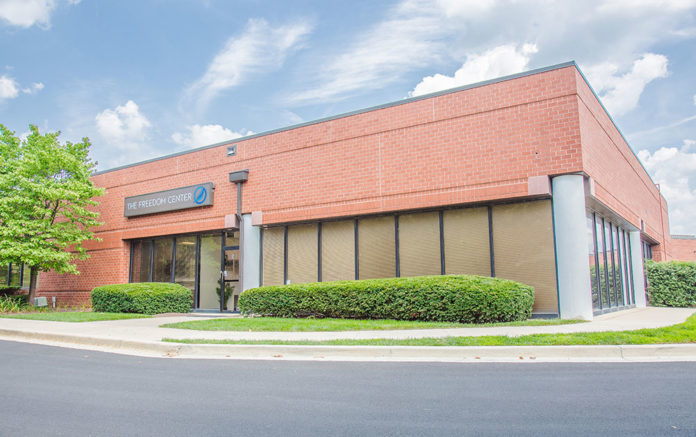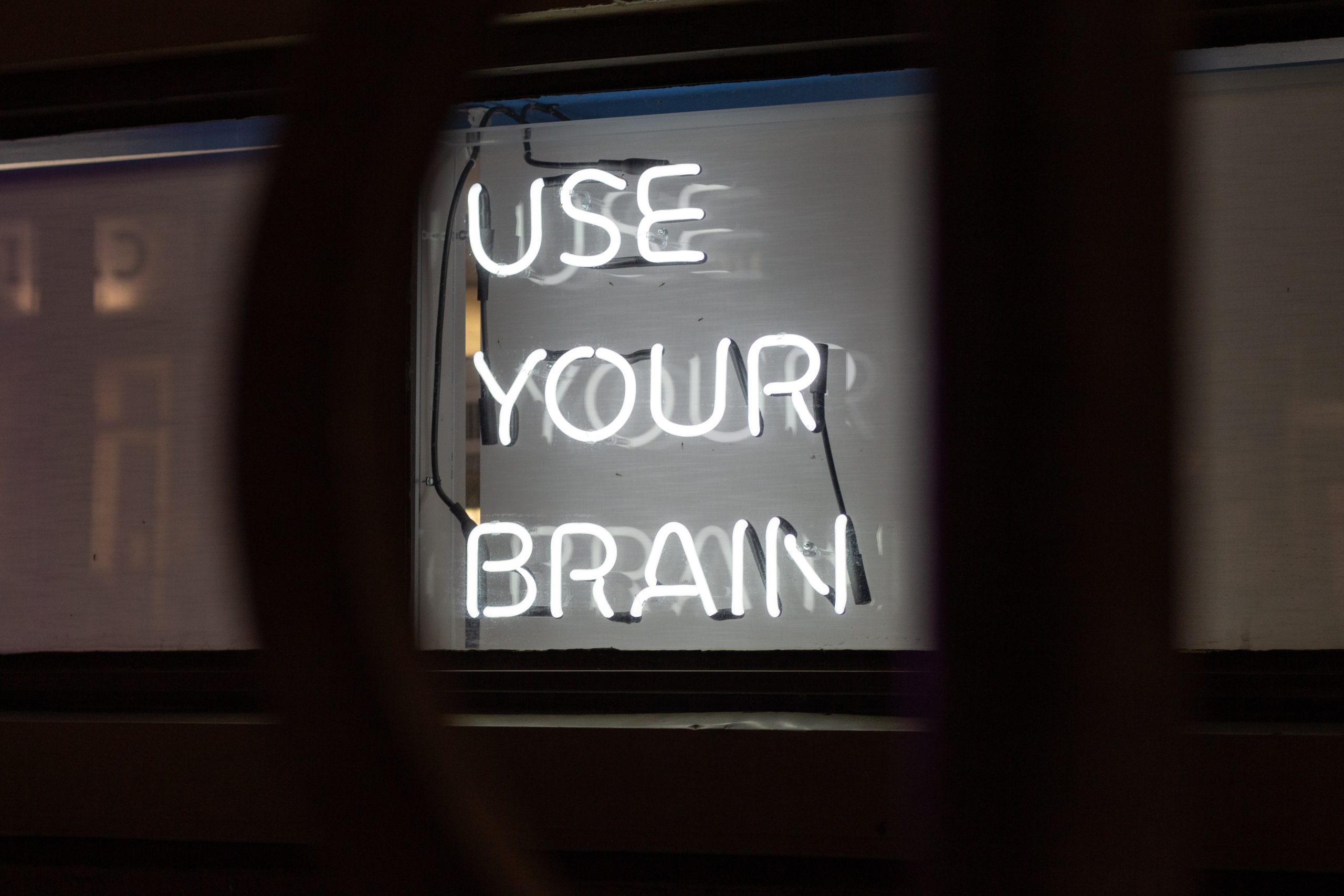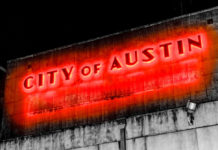A new addiction treatment center opened this week in Gaithersburg, Maryland to service the greater Washington D.C. area.
After establishing drug rehabilitation centers in New Hampshire and Florida, the new facility’s co-founders — who grew up and attended school together — felt they should give back to their hometown. The new facility, named the Freedom Center, specializes in intensive outpatient addiction treatment services. It is currently staffed by physicians, a peer recovery specialist, volunteers and counselors, including those who are in addition recovery.
The Substance Abuse and Mental Health Services Administration’s treatment locator lists 30 addiction treatment providers in Montgomery County, where Gaithersburg is located. Twenty seven of those locations provide some form of outpatient services.
What sets the Freedom Center apart from other facilities with similar outpatient programs is the availability of services it offers. While many outpatient providers offer counseling services and medication-assisted treatment (MAT), the Freedom Center’s program also features a holistic addiction treatment approach, more commonly found at residential treatment centers.
In a recent press release, co-founder Corey Hassett stated that he views aftercare programs as an essential component of addiction recovery.
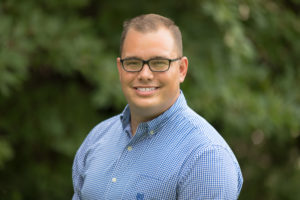
The Freedom Center couples an aftercare program with its outpatient services, which includes naltrexone treatment. Some aspects of the aftercare component include mindfulness and yoga therapy courses, nutrition and exercise programs as well as opportunities to build vocational and life skills.
The staff will work with each patient to develop an individualized treatment plan, including those who have co-occurring disorders. In addition to attending individual therapy, patients will join in on group counseling sessions centered around cognitive behavioral therapy. Supplemental group work will focus on understanding emotions and dealing with trauma. Family members of patients can also meet with counselors for weekly progress reports and learn how to support their family member in addiction recovery. The center also offers a 12-step program.
Another treatment feature incorporated into the center’s programming is a therapeutic method called neurofeedback. Through the use of an EEG device, brain waves are monitored in order to produce signals to assist the brain’s self-regulation.
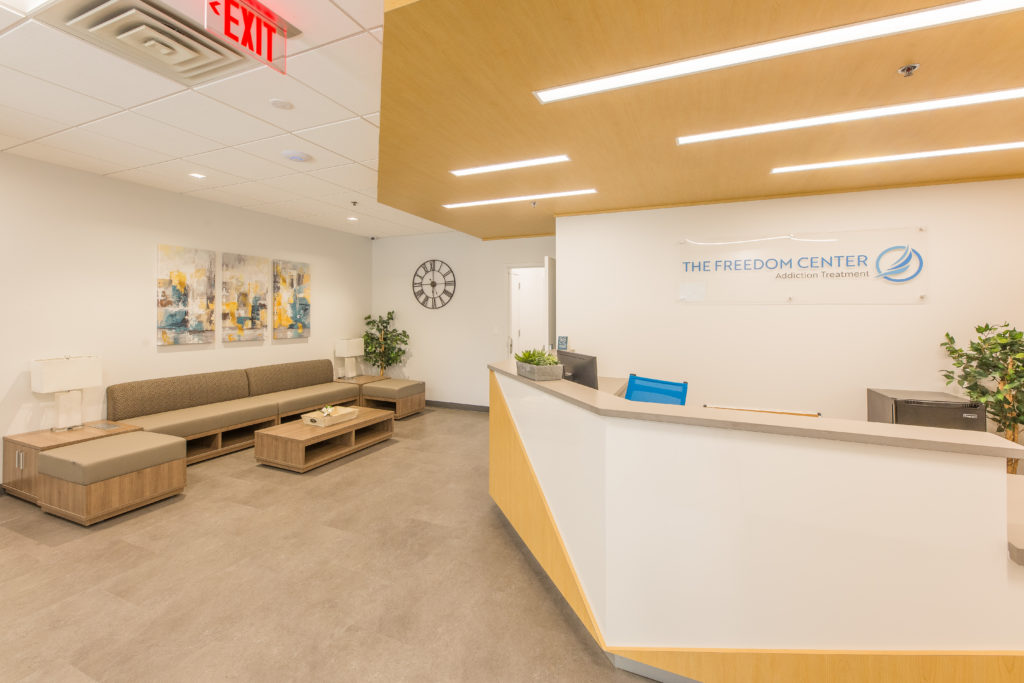
A recent study explored the effects of neurofeedback on 20 patients receiving MAT for opioid use disorders. Compared to a control group, survey participants who received neurofeedback in addition to MAT tended to show improvement in general mental health, including reduced depression and somatic symptoms.
According the Maryland Department of Health, approximately 2,300 unintentional drug- and alcohol-related intoxication deaths occurred in the state in 2017 — opioids were involved in 88 percent of cases. The number represented an all-time high, even though the rate increase was not as high as that between 2015 and 2016.
The department noted that the state has had an increase in drug deaths for seven consecutive years. While intoxication deaths had been most common among people between the ages of 45 and 54 from 2011 to 2016, the 25 to 34 age demographic experienced the most intoxication deaths in 2017.
Montgomery County reported 116 drug intoxication deaths, ranking fifth in the state.



